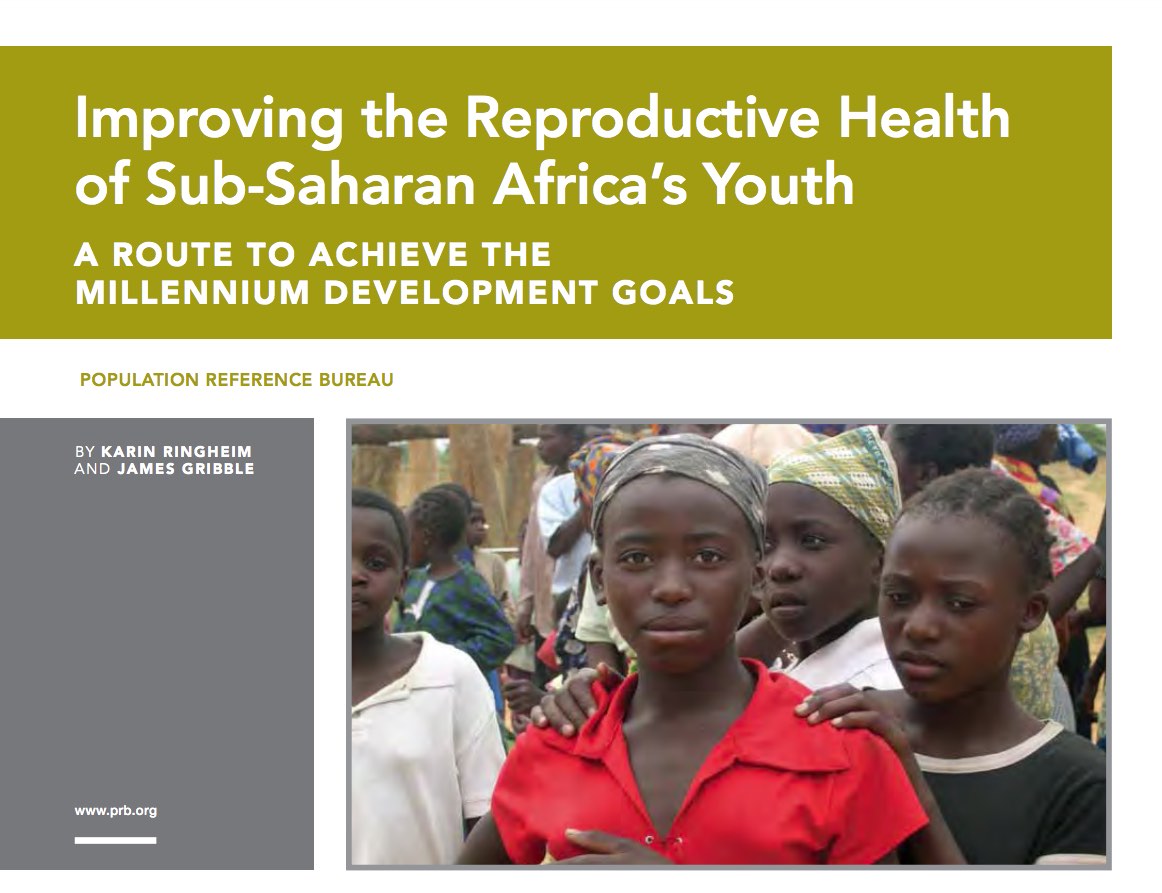Racial and Socioeconomic Disparities in Old-Age Disability in the U.S.
(2010) Disability in older Americans affects the entire population of the United States because of its impact on the level of health care spending, especially spending on long-term care.



